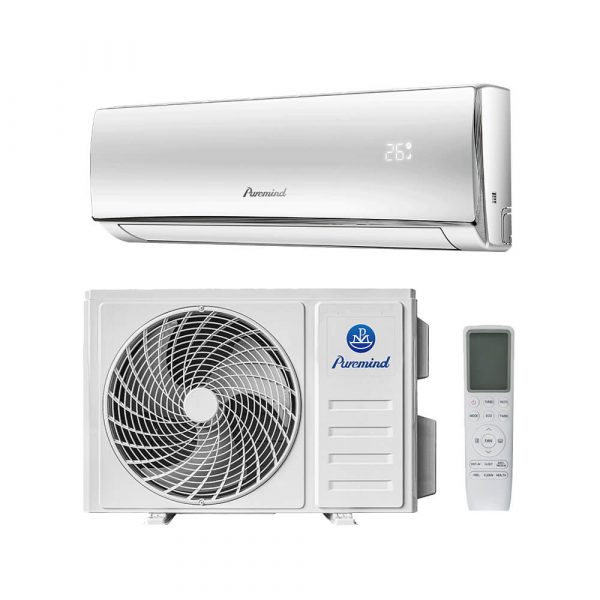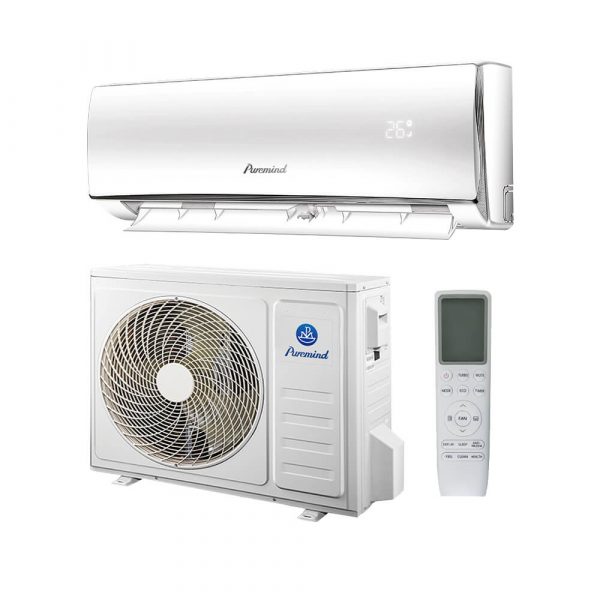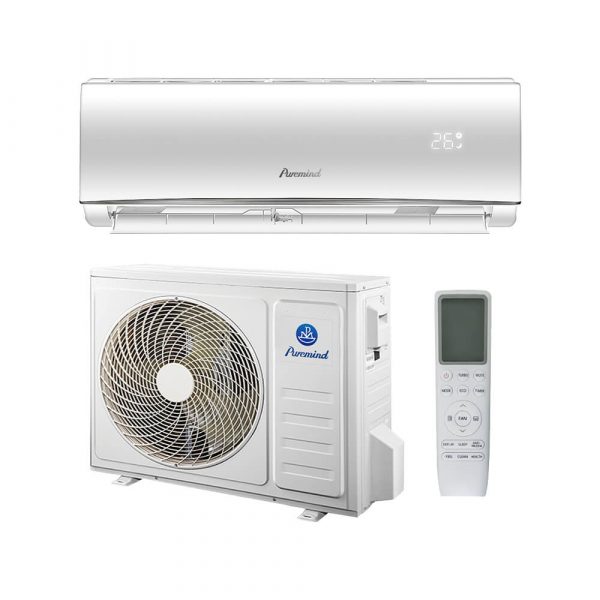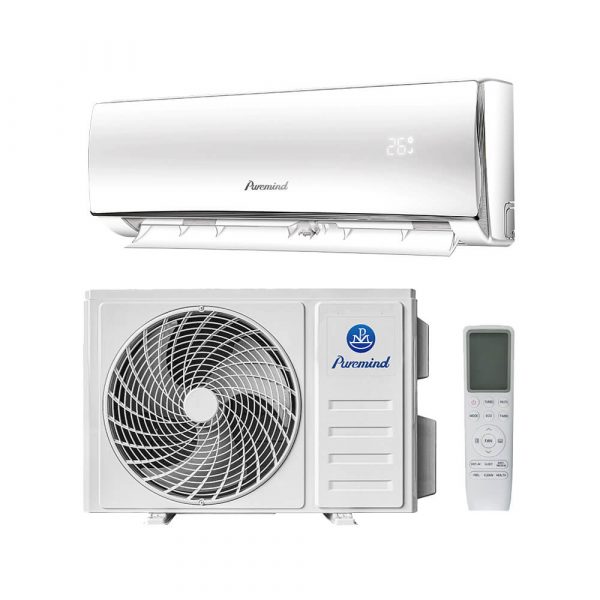What Is a Split Type Ductless Air Conditioner?
In today’s fast-evolving HVAC market, one technology that has gained widespread attention for its energy efficiency, flexibility, and ease of installation is the split type ductless air conditioner. This innovative cooling (and heating) system offers a powerful alternative to traditional ducted systems, particularly for homes and buildings where installing ductwork is impractical or undesirable.
Understanding Split Type Ductless Air Conditioners
A split type ductless air conditioner, commonly known as a ductless mini split, is composed of two main components: an outdoor unit (compressor/condenser) and one or more indoor units (air handlers). These components are connected by refrigerant lines, eliminating the need for air ducts.
The indoor unit is typically mounted high on a wall or recessed into the ceiling and is designed to cool or heat a specific zone or room independently. This makes the system highly customizable and energy-efficient.
How It Works
The system functions by transferring heat rather than generating it:
- In cooling mode, warm indoor air passes over the evaporator coil in the indoor unit. The heat is absorbed by the refrigerant and sent to the outdoor unit, where it is expelled.
- In heating mode (if it’s a heat pump model), the process is reversed. The outdoor unit extracts heat from the outside air and brings it indoors.
This heat exchange process is made possible by the compressor, expansion valve, and refrigerant lines that connect the indoor and outdoor units.
Key Components
- Outdoor Condenser Unit: Contains the compressor and is placed outside the building.
- Indoor Air Handler: Mounted in individual rooms or zones, it blows cooled or heated air directly into the space.
- Refrigerant Lines: Carry refrigerant between the indoor and outdoor units.
- Remote or Smart Controller: Used to set temperatures and operating modes.
Benefits of a Split Type Ductless Air Conditioner
1. Energy Efficiency
Because there is no ductwork involved, there is less energy loss. Many ductless systems also use inverter technology, adjusting compressor speed to meet real-time demand and save electricity.
2. Zoning Capabilities
Each indoor unit can be independently controlled, allowing for personalized comfort in each room and avoiding energy waste in unoccupied areas.
3. Quick Installation
Installation is relatively simple compared to ducted systems. No large-scale construction is required, making it ideal for older homes, small apartments, or room additions.
4. Compact and Aesthetic
The indoor units are slim, modern, and unobtrusive. They take up little space and blend well with most interior designs.
5. Heating and Cooling in One
Many ductless split type systems function as heat pumps, providing year-round climate control.
Ideal Applications
A split type ductless air conditioner is perfect for:
- Homes without existing ductwork
- Room additions or garage conversions
- Multi-family homes or apartments
- Offices, shops, and small commercial spaces
For a variety of ductless split systems suitable for both residential and commercial needs, explore Puremind’s curated selection of split air conditioners.
Comparison: Ductless vs Central Systems
| Feature | Split Type Ductless | Central AC System |
|---|---|---|
| Ductwork Required | No | Yes |
| Installation Time | 1–2 days | Several days to weeks |
| Energy Efficiency | High (especially in multi-zone) | Moderate (duct losses reduce efficiency) |
| Zone Control | Excellent | Limited |
| Cost | Moderate upfront, lower running cost | Higher upfront and running cost |
Maintenance Tips
- Clean the air filters monthly to maintain airflow and energy efficiency.
- Ensure outdoor units are free from debris or obstructions.
- Schedule a professional check-up annually to inspect refrigerant levels and system integrity.
Common Misconceptions
- “Ductless units are less powerful.” Not true—ductless systems can cool large areas effectively when properly sized.
- “They’re only good for one room.” Multi-zone setups can cool an entire home or office building.
- “They’re hard to maintain.” In fact, they’re easier to service compared to ducted systems.
Conclusion
The split type ductless air conditioner represents a smart, flexible, and energy-conscious way to control indoor climates. Whether you’re renovating an older building, upgrading from inefficient window units, or designing a modern space, ductless split systems offer quiet performance, powerful cooling and heating, and easier installation.
To explore high-quality ductless systems at factory-direct pricing, check out Puremind’s full range of split air conditioners designed for modern living.







